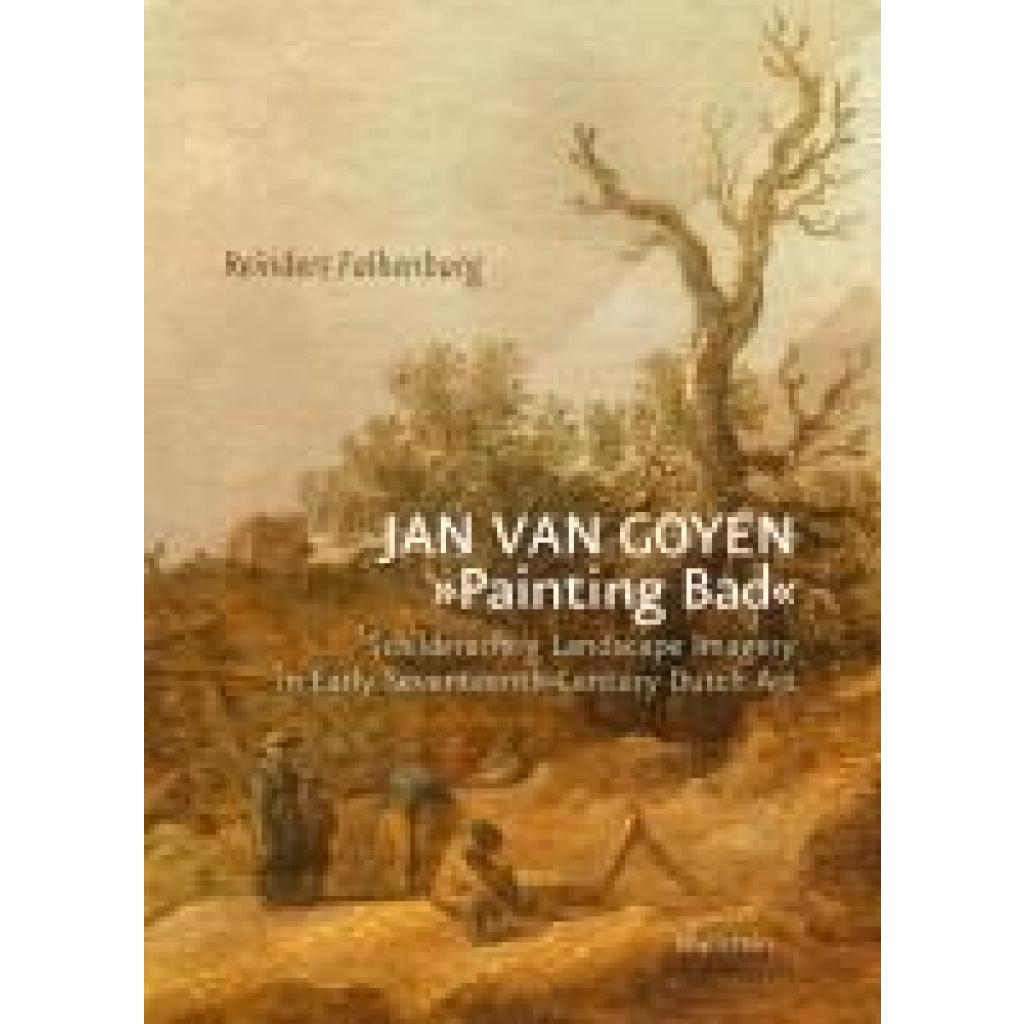The word schilderachtig - painterly - captures the paradoxical phenomenon that early
seventeenth-century Dutch landscape paintings emphatically favor the unassuming nature of the
countryside in order to bring out the very artfulness of their pictorial representation. Dutch
seventeenth-century landscape painting has often been characterized as schilderachtig -
literally: »painterly.« Referring to a certain looseness in the handling of the brush the
seemingly tautological and rarely critically discussed term also captures the idea that the
landscape image »realistically« renders the rather unassuming idiosyncrasies of the Dutch
countryside including the often-overcast skies moist and windy atmospheric conditions
without any aesthetic or other value judgement about the appropriateness of these motifs for a
work of art. The book argues that early in the seventeenth century however the term had
specifically rhyparographic connotations related to the proverbial Hollandse botheid (»Dutch
rudeness«). In accordance Jan van Goyen (1596-1656) and others began to depict base and even
hideous aspects of the countryside not as the coincidental result of an indiscriminatory
pictorial mimesis concept but resulting from a preference for motifs of questionable
»paint-worthiness« - in order by way of contrast to bring out the painter`s art-full
representational skill per se. Schilderachtig stood for the contradictio in picturis of
Hollandse botheid as a paradoxical means to evince »painterly« artifice.



